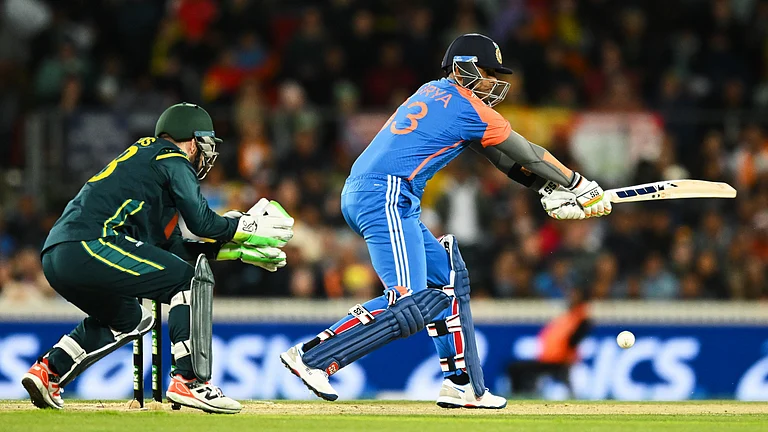Satyagraha, ashram life, constructive programmes and institutions that nurture these three have been Gandhi’s enduring legacy. But it is the Gandhi of satyagraha that has been the focus of most studies on the Mahatma. We have no histories of the ashrams, his constructive programmes have mostly been reduced to khadi and village industries, and none of the institutions that Gandhi established or helped nurture have merited a scholarly account.
Thomas Weber is one of those rare scholars who wrote the most authoritative account of the Dandi March, gave a history of the Shanti Sena and studied the impact of Gandhian ideals in movements such as Chipko. This enabled him to understand the people around Gandhi who influenced him and were in turn influenced by him—Gandhi both as a disciple and a mentor.
In his new book, Weber examines another rarely explored aspect of Gandhi’s life: his relationship with the dozens of Western women who sought him out either as equals, challengers or interrogators and many others who came to him as disciples. He examines Gandhi’s encounters with about 25 Western women—from Sonja Schlesin, Muriel Lester, the three Margarets (Sanger, Bourke-White and Spiegel), Mary Barr, Nilla Cram Crook, Katherine Heilemann and of course Miraben.
Weber skilfully weaves their stories, their life histories and their intense and always difficult encounters with Gandhi through archival documents, letters and biographies. Each encounter is significant: it not only shapes the destinies of these women but also shapes Gandhi the man.
One rarely recognised aspect of Gandhi is in fact his highest aspiration and the real point of his much-discussed brahmacharya. Through brahmacharya, by stripping himself of every vestige of manly lust, he hoped that women would regard him as one of themselves. His aim, in short, was to become a woman, in deed and mind, if not body. Whether he attained this or not is a different matter but it was a lifelong quest. Weber, however, does not venture into this question, although he constantly alludes to its presence. It’s a presence which defined many of his relationships with the women in Weber’s book as well as with the many Indian women who became his co-workers and co-experimenters.
What attracted these extraordinary women to Gandhi? As Weber shows, they were all without exception intellectually accomplished—feminists, pacifists, socialists, champions of rights of women over their reproductive behaviour, and attracted to non-conformist religious practices. Many saw him as an answer to their spiritual longings, as a Christ-like figure, with Romain Rolland’s Mahatma Gandhi: The Man Who Became One With the Universal Being providing their first insight into Gandhi. Some of them were—as Sudhir Kakar has suggested—emotionally ‘high-strung’ and in need of physical proximity with a healing presence.
In a Europe savaged by war, Gandhi was the answer to the spiritual and emotional vacuum. The other Indian who answered this need was the Bard of Santiniketan, Rabindranath Tagore. But there were exceptions. Women like Muriel Lester and Agatha Harrison weren’t looking for an idol in Gandhi—they saw him as a source of inspiration, but having found a “new ally” they returned home to continue their life’s work. There were others like Mary Barr, Katherine Heilemann and Marjorie Sykes who came to India as missionaries of one hue or other and found the civilising mission unjust. They then ‘went native’, with Gandhi and his constructive programmes providing the fulcrum.
And what were Gandhi’s motives for investing so much of his spiritual and organisational energies in these relationships? It’s a challenging question to address. Gandhi was not looking for converts or messengers who would carry his message to the West. He was, of course, aware and alive to the symbolic power of an English admiral’s daughter serving him as a disciple as he challenged and negotiated with the Empire, but that could not be the sole motivation. Was there something in his understanding of the modern West and the role that women played in challenging the masculine modernity that characterised the West which attracted him to these women? But this does not answer the larger question of the role of women—Indian and Western—in his life and thought. It awaits an answer, and its own book.






















